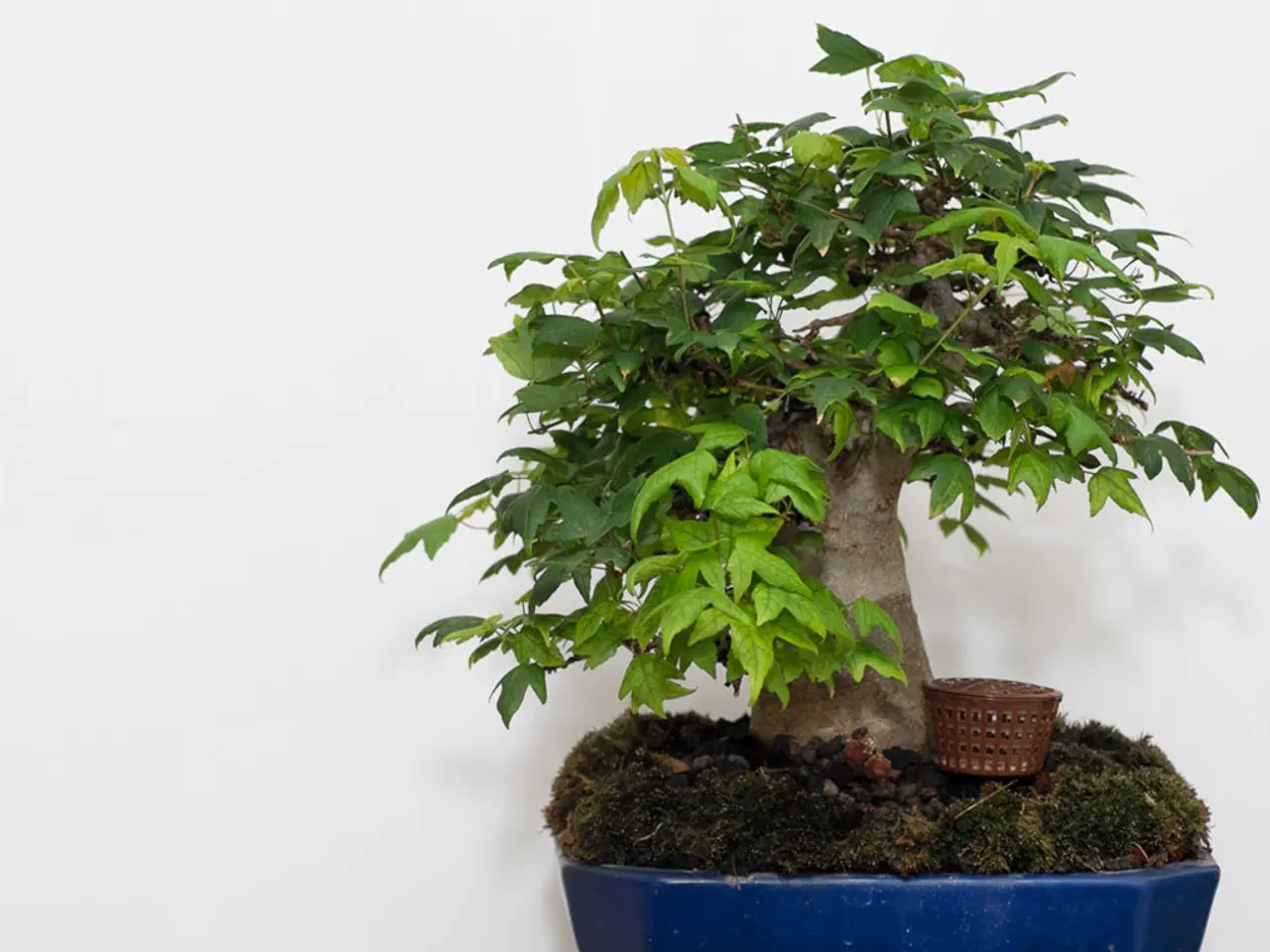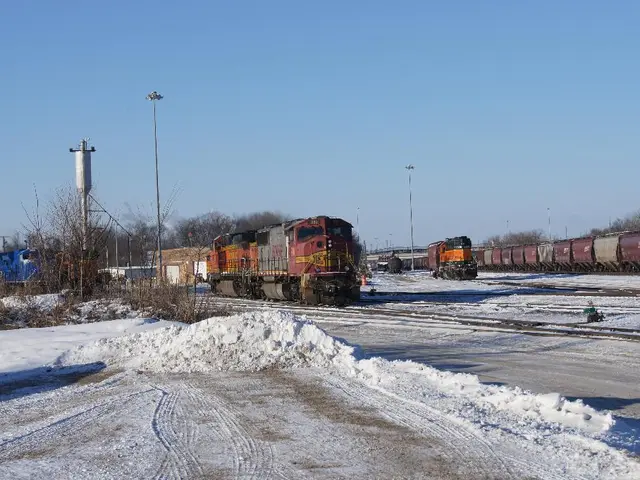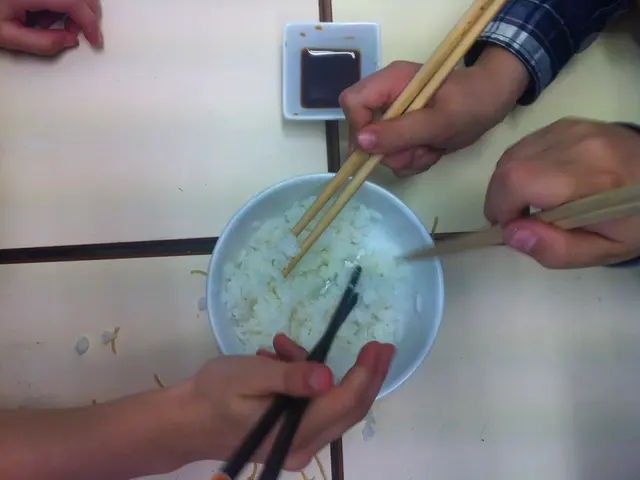Exploring Bonsai Root Care: Delving into the Subterranean Root Realm
In the world of bonsai, managing roots in confined spaces is a crucial aspect of maintaining healthy growth and preventing root mats. Here are some strategies to help you achieve this:
1. Regular Repotting
Regularly repotting your bonsai every couple of years is essential. This process helps refresh the soil, encourages robust root growth, and provides a larger space for the roots to expand before they become too confined.
2. Root Pruning
Root pruning is a crucial practice for bonsai trees. It involves cutting back the roots to prevent them from circling and becoming tangled. This technique helps maintain a compact, fine feeder root system close to the trunk, which is vital for healthy growth and easier potting in small bonsai containers.
3. Air Pruning
Air pruning is a method where roots are naturally pruned by air exposure when they reach the sides of specialized containers. This helps prevent root binding and promotes healthier root growth.
4. Proper Soil Selection
Using a well-draining soil mix is essential. A blend of organic potting soil, perlite, and sand can help retain moisture while preventing waterlogging, which can stress the roots and hinder growth.
5. Monitoring and Maintenance
Regularly inspect your bonsai's roots during repotting to identify and trim any circling or dead roots. This ensures that the tree remains healthy and does not develop root mats that can severely restrict growth.
By implementing these strategies, you can effectively manage your bonsai's roots, prevent root mats, and promote robust, healthy growth in confined spaces.
While it's possible to grow bonsai trees in shallow pots, limited root space can lead to root bound conditions, necessitating regular repotting and precise root management to prevent stunted growth and guarantee the tree's overall health and longevity.
Inorganic components like perlite or vermiculite improve aeration, allowing oxygen to reach roots and promoting healthy growth. Bonsai trees can recover from severe root damage or neglect with timely intervention and care.
The ideal potting medium for bonsai cultivation should have high organic matter content, a mix of particle sizes, low bulk density, high cation exchange capacity, good structural integrity, and high drainage capacities. Organic matter such as peat moss or coconut coir retains moisture and releases it as needed, preventing waterlogged soil and root rot.
A well-structured potting medium also facilitates root training for bonsai, enabling practitioners to shape and direct root growth in desirable patterns that support the tree's health and aesthetic presentation. Skilled practitioners can effectively manage and mitigate the impact of root mats in bonsai cultivation through regular inspection, timely pruning, and strategic potting medium selection, promoting healthy root development and ideal tree growth.
The pH level of the potting medium should be tailored to the specific needs of the bonsai species. Deliberately guiding root growth can enhance the visual appeal of bonsai trees, creating a harmonious balance between the visible above-ground structure and the hidden underground network.
Understanding the seasonal rhythms that govern root growth is crucial for effective timing of root work in bonsai care, as it allows practitioners to capitalize on periods of dormancy or active growth to minimize stress and maximize benefits. Adequate air pockets and efficient drainage are vital components of a well-functioning potting medium for bonsai, as they directly impact the root system's ability to breathe and absorb essential nutrients.
Inspecting a bonsai tree's root system every 1-3 years or when repotting is important to catch potential issues before they manifest, allowing for timely intervention and ideal care. Specialized tools are designed for working with bonsai roots, including root hooks, root rakes, and root scissors. A mix of fine and coarse particles guarantees effective drainage, preventing water from pooling in the pot.
- Maintaining a healthy lifestyle often requires regular checks on certain aspects, similar to how bonsai trees need regular inspections of their root system every 1-3 years or during repotting.
- Just as fashion-and-beauty trends evolve, the ideal potting medium for bonsai cultivation should adapt to the specific requirements of the tree, with a high organic matter content and good drainage capacities.
- When exploring new destinations for travel, one should consider the local food-and-drink offerings, much like a bonsai tree relies on a well-draining soil mix, such as a blend of organic potting soil, perlite, and sand, to maintain its health.
- In the world of pets, it's essential to provide them with a suitable habitat designed for their needs, just as bonsai trees require specialized containers to facilitate air pruning and prevent root binding.
- Choosing the right home-and-garden accessories, like pots and tools, can contribute to an overall aesthetic appeal, similar to how skilled practitioners shape bonsai trees to create a harmonious balance between their visible above-ground structure and hidden underground network.
- Proper car maintenance involves regular checks and precise adjustments, much like root pruning, which helps maintain a compact, fine feeder root system and encourages healthy growth in bonsai trees.
- Shopping can be an exciting adventure, with a vast array of options in fashion-and-beauty, food-and-drink, home-and-garden, pets, travel, and cars. Just like the curation of roots in bonsai, each carefully chosen element brings its unique contribution to overall well-being and harmony.




